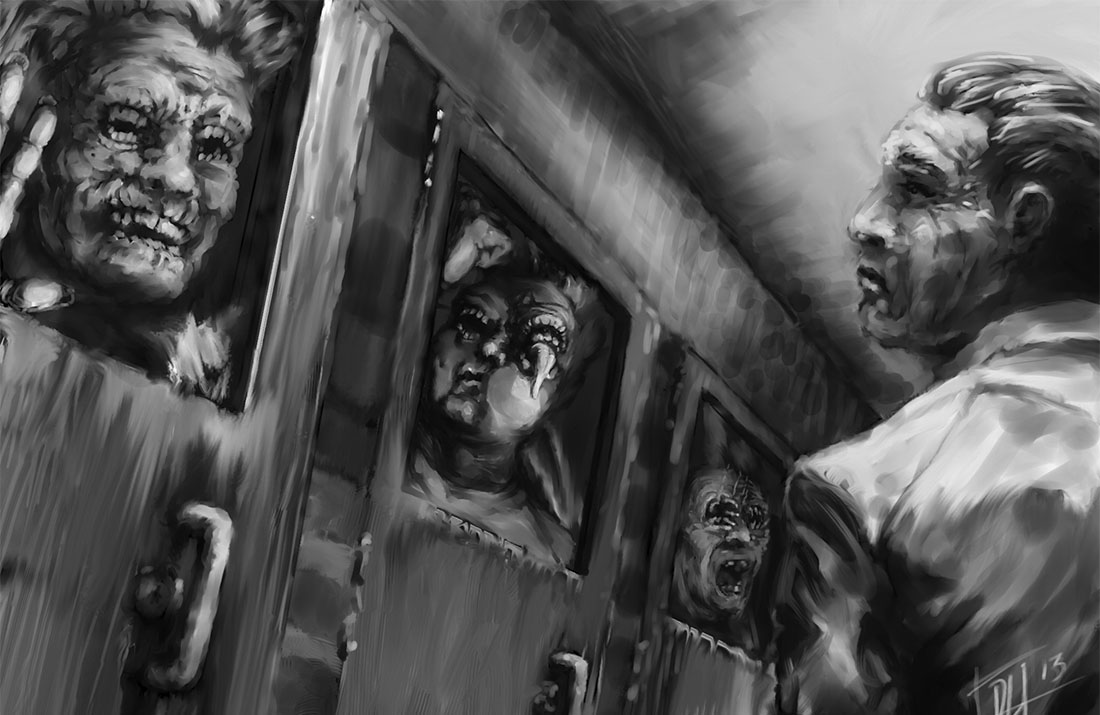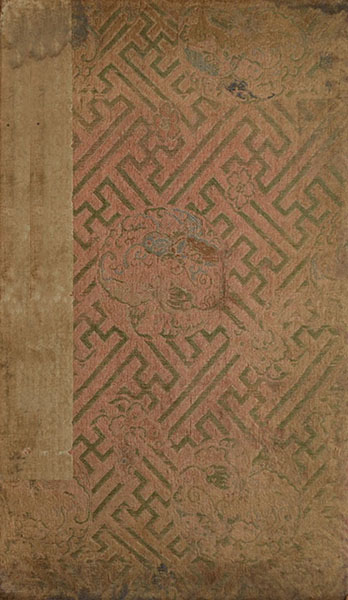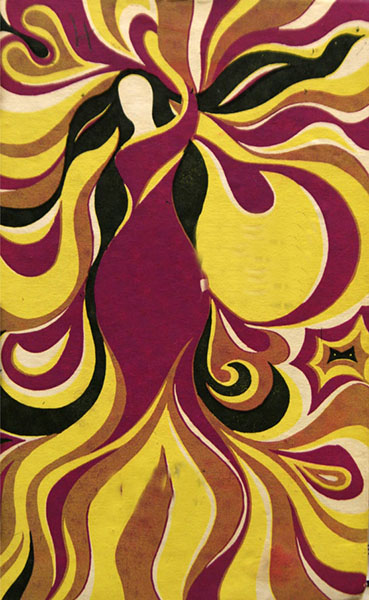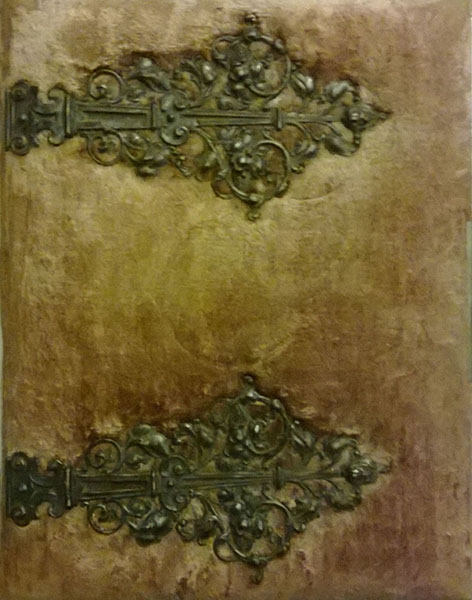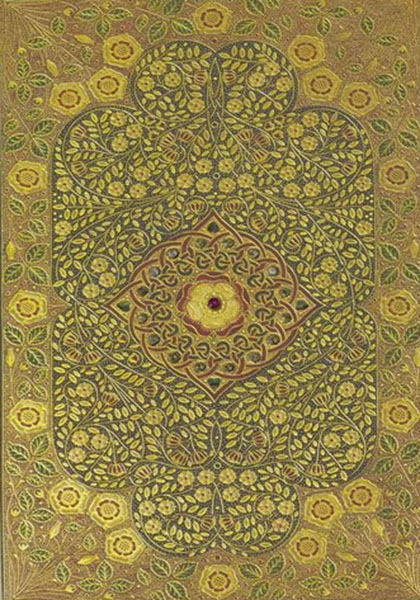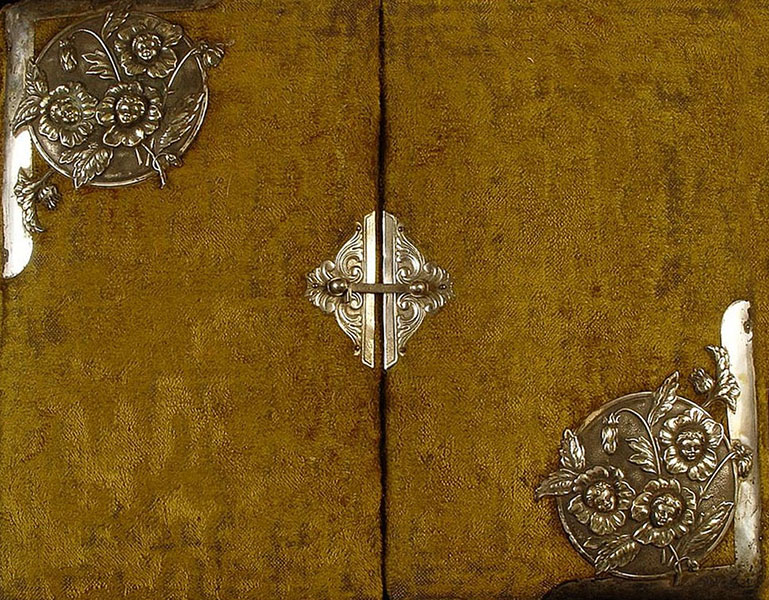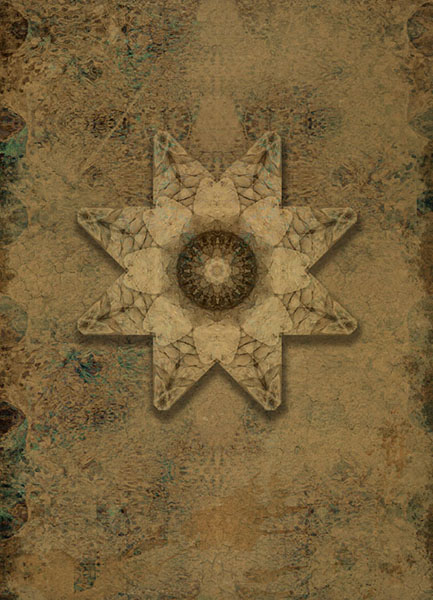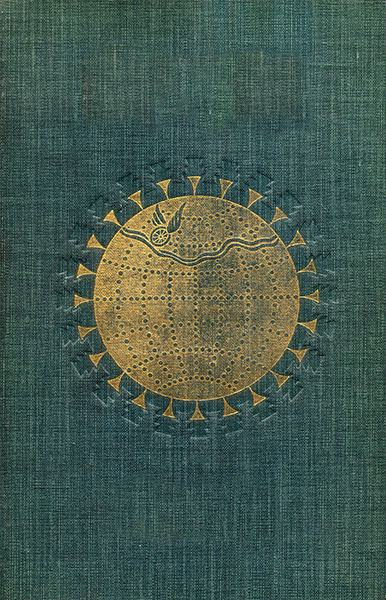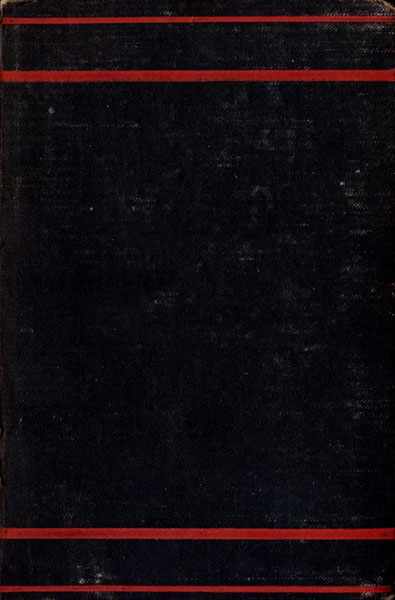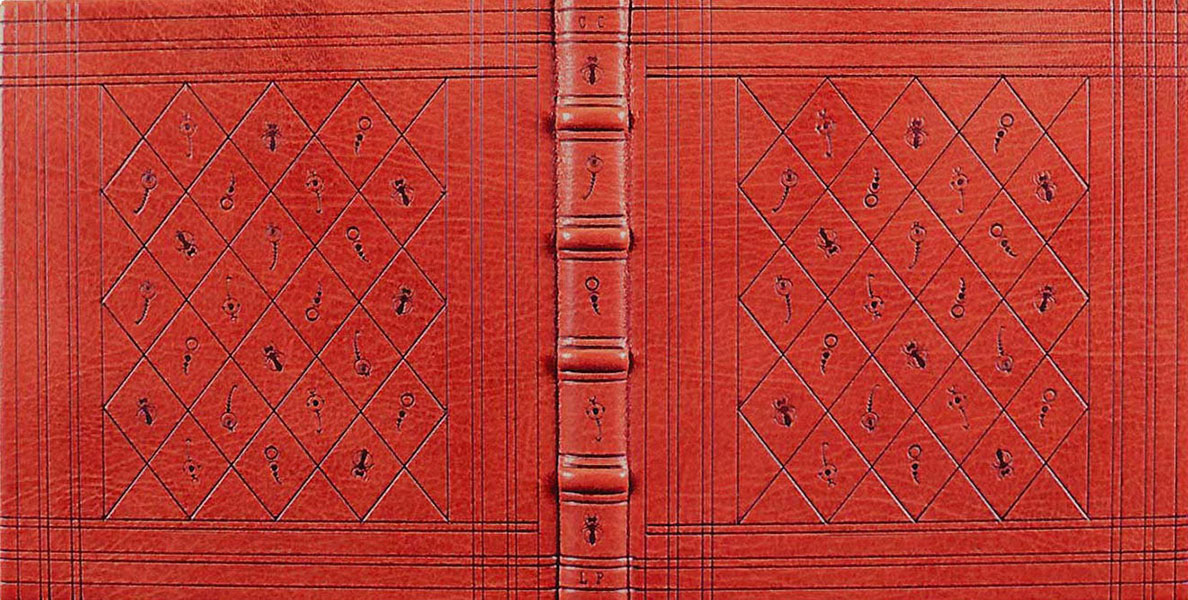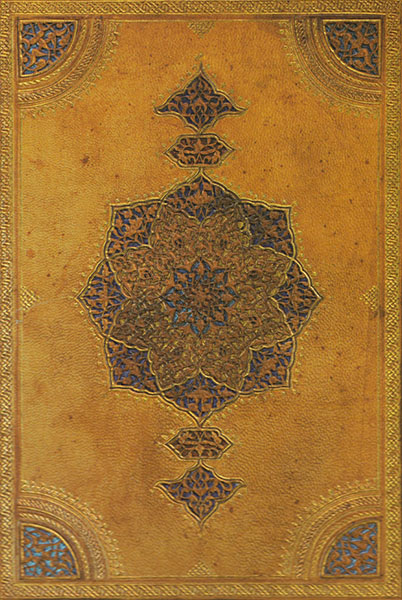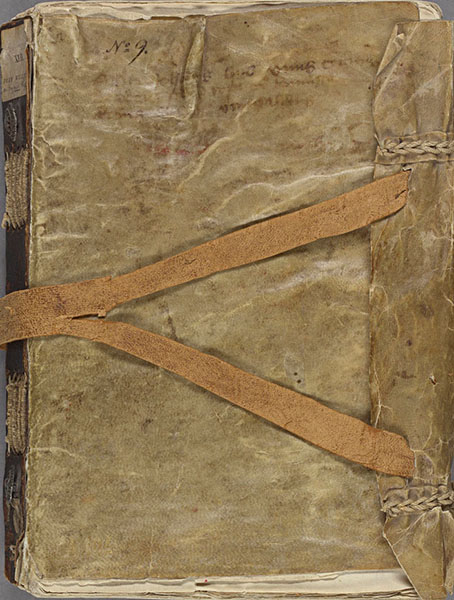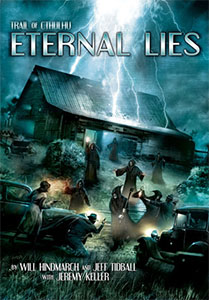Go to Eternal Lies: The Alexandrian Remix
THE CRADLE IN THE OCEAN
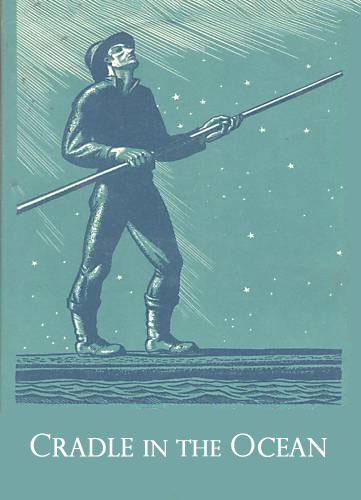
Paul Bunyan’s parents anchored his cradle in the ocean.
They anchored his cradle because he was too large for the house.
Paul’s size was the cause. His shackling the effect.
Paul rocked his cradle.
Paul’s cradle rocked.
Rocking was the cause. Rocking was the effect.
The paradox of self-causality remains until one sees each rocking for itself.
Because the cradle rocked, the ocean was stirred.
Stirred to a tidal wave.
A wave which wiped away the house. The parents. All that they had seen.
A wave which was the effect of all that it destroyed.
The cradle will rock. The cradle will fall. The cradle remains unfelled.
A thing too large to be contained by mortal structure.
Each jostling of mortal life.
Unconstrained. Unrestrained.
Unfathomed.
A seemingly nonsensical, but deeply disturbing, children’s book which primarily recounts bizarre tales of the folk hero Paul Bunyan.
In another of the stories (recounted in broken prose) Paul wrestles with the Shepherd Death, whose scythe Tagh-Clatur is repeatedly described by the epithet “sly-angled”. The sly-angled scythe eventually cuts Paul down, leaving behind a livid red mark “at the heart of a web of crimson” which spreads across Paul’s chest.
The theme of cause-and-effect coupled to oceanic imagery, as established in the book’s epigram, is constantly repeated throughout the collection, coupled to another set of imagery revolving around the surface of the ocean being a “wall” and that, beyond this wall, there lies an imprisoned a lying behemoth (referred to as both the “Prisoner” and the “Liar”).
The Liar features most prominently in the story “The Saffron Bee”, in which Paul seeks to steal honey from a colony of giant bees whose hive is as big as a mountain in the hope that he can use the honey as a bribe to free the Liar. But “the Liar is held by the lie of false history; of causality that cannot be” and though Paul gains the honey, he cannot find the gaoler.
FRAGMENTS OF BAL-SAGOTH
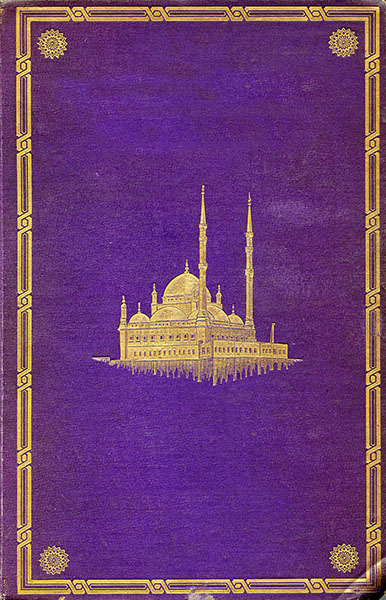
This slim, peculiar volume purports to be “a dream woven from the true and factual accounts of many diverse peoples of the world”, but it is rather difficult to separate what is meant to be scholarship from fancy. It is perhaps notable that the author’s name has been savagely crossed out on every page on which it would normally appear with a thick, dark ink, making its recovery utterly impossible. The volume’s only other distinguishing mark is an imprimatur placing its publication in Shanghai.
The book claims that the “Isle of the Gods”, where “fabled Bal-Sagoth rested in her nest of milk-white streets”, is a place unseated from the normal constraints of geography. Often it is found drifting through the depths of the Atlantic, but other accounts reputedly place it along the Coast or Arabia or “lost in the mists that drift through the dimmed tides of Nippon’s Sea”.
Deep beneath Bal-Sagoth, “in twisted warrens spun from serpent’s coils”, lies the Temple of Shadows. There is held the worship of Gol-Goroth “upon an altar of blood and black obsidian” where “youths and maidens die at the waxing and waning, the rising and the setting of each moon.” A human heart “forever throbs” upon that altar, which is “the pinion pinnacle upon the monolith which drives the spike, which is the Bridge of Bal-Sagoth, the Bridge of Gol-Goroth”. In this “court of horrors”, the figure of a jester death named Gothan recurs again and again in the fragments of verse and poetry.
The city itself, from which “the hundred hidden eyes of Bal-Sagoth” peep forth, is described as shimmering silk. A place stirring strange and arcane dreams. A thing of towering battlements thrust through fleecy clouds, dwarfing the hallowed scope of Rome, Damascus, and Byzantium, even as the proud civilization of Bal-Sagoth “o’erreaches them in the saga of years”.
It is said that Bal-Sagoth once ruled over the Isles of Gol-Goroth: A great empire which spread across “this and more than seven seas”. But the age of empire came to an end. The islands sank and vanished with their cities and people, until only Bal-Sagoth itself remained, its galleys rotting in their wharves for lack of ports to sail to.
In the final, darkened days of Bal-Sagoth – when “the touch of Gol-Goroth had grown light upon his city” – the Isle of Gods became besieged by red-skinned savages; a “tribe of strangers” who sailed from “just this side of the horizon” on fearsome war-canoes. Bal-Sagoth was consumed in the flames of its own iniquity, and the invaders carried off “not only the altars and jewels of Gol-Goroth, but his favor as well”. In many ways this is the closing image of the Fragments of Bal-Sagoth, although it lies in a poem only halfway through its length: “Let the skin of blood ride o’er the sun, for above the sky shall they journey upon the wings that bear them, carried as they shall be by the Sons of Gol-Goroth; their legacies forever shielded by the Daughters of the Black Stone”.
BENEFITS OF PORING OVER
- Cthulhu Mythos +1; +2 if you have encountered spawn of Gol-Goroth
- 1 dedicated pool point for any Investigative ability involving Gol-Goroth
THE GAZE OF AZATHOTH
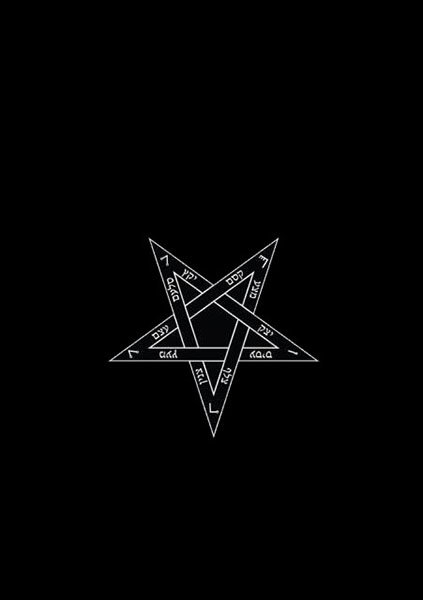
Bound in black, brain-tanned leather, this book tells the tale of a nameless man (who is also sometimes described as “faceless”) who lives amidst the “dying lights” of the end of days. Blessed with the “thrice-cursed immortality” this man nevertheless feels as if a creeping doom has crept into his bones. His dreams are slowly filled by the recurring image of a great and terrible Eye which “gazes down upon the world”, and he is disturbed to find that many others among his friends and acquaintances have begun to share these dreams.
At last this “gnawing Eye” – belonging to the “dread amorphity of Azathoth” – manifests itself and its horrible gaze is “turned upon the last, burning days of his twilit world”.
Rather than embracing or accepting the doom of his world, however, the man seeks an escape. He finds it in the “flesh of Yog-Sothoth”, creating a gate which allows him to escape to another world.
Unfortunately, the “gaze of Azathoth” had become “locked upon him” through the “barbs which bear the runes of Nyarlathotep”, and the Eye follows him to the new world and turns its destructive force upon it. The man escapes again, using the same gate as before. And, once again, the Eye pursues him.
The man skips from one world to the next, watching as the stars he had doomed wink out one by one from the many skies above him until his nights are marked only by a “haze of unseen red”. But still he runs, carrying with him the curse of Azathoth’s gaze.
At the end of the story he makes the decision to stop running and throws himself prostrate upon the ground. But as he does so, he finds that he has landed “at the feet of the Herald”, who reveals to him a great truth: That the worlds he has left in his wake have not been burdened with destruction, for as long as Azathoth’s gaze is fixed upon the man, he will carry that destruction away with him and spare the worlds behind.
The Herald’s words, however, come too late, for the mind of the man has been consumed by his “gibbering madness”. And neither he nor any of the worlds he has saved will ever know his sacrifice.
BENEFITS OF SKIMMING
- 2-point Mythos stability test
- 1 dedicated pool point for Occult or Cthulhu Mythos associated with Azathoth
BENEFITS OF PORING OVER
- Cthulhu Mythos +1
- Gain the ability to cast Create Hyperspace Gate.
CREATE HYPERSPACE GATE
Creates a gate joining two points through hyperspace. The caster must have seen the destination point, if only in a dream, vision, or depiction. This spell requires some sort of drawn, painted, or chalked marks. Using an already created gate costs 1 Stability, in addition to any costs for the sights or threats at the destination.
The destination need not be in the four-dimensional universe of conventional space-time; this spell allows travel to other dimensions, planes, and pocket universes, but only with a guide or guiding vision.
- Stability Test Difficulty: 5 (4 with Physics, 3 with a Physics spend)
- Cost: 2 Stability or 4 Health, doubled per increment of distance (continental, global, interplanetary, interstellar, intergalactic). Interplanar gate counts as interstellar, unless at a point where the plane is tangent to Earth (where it counts as global). For each 4 Health points spent from the caster’s pool, lose 1 point from Health rating.
- Time: 1 hour (10 minutes with Physics, 1 minute with a Physics spend)
GEHEIMES MYSTERIUM VON ASIEN
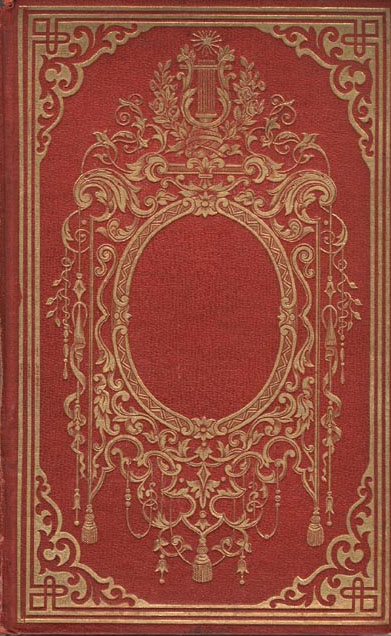
Professor Gottfried Mulder was a friend and colleague of Friedrich von Junzt. According to Geheimes Mysterium von Asien (Secret Mysteries of Asia; published 1847, although this is a copy of the American version pirated in 1849 as Secret Mysteries of Asia, with a Commentary on the Ghorl Nigral), Mulder accompanied Junzt on a journey to Asia in 1818-19 and, many years later, served as the publisher of Junzt’s Unaussprechlichen Kulten. Following Junzt’s death, Mulder fled to Leipzig and used hypnotic therapy to recover his memories of the Asian journey.
Most particularly, Mulder recalls Junzt seeking a “cold and barren plateau” lost somewhere deep in the heart of the continent. Atop that plateau (or perhaps perched upon its side), Junzt led them to the Monastery of Yian-Ho. Mulder describes the approach to the monastery as strange and disconcerting: He was, himself, struck by a constant impression that the blasted wilderness which surrounded the monastery was, in fact, filled with ghostly buildings of which he could only catch half-glimpses. (But which, in later conversations, Junzt was able to describe in rapt detail.)
In a passage which is heavily annotated in this copy, Junzt and Mulder present themselves before the leader of the monastery, the “High Priest Not to Be Named”. (Mulder claims that this High Priest is, in fact, the legendary Black Pharaoh of prehistoric Egypt from whose forehead the Eye of Ra was ripped.) Junzt petitions the High Priest, addressing him by numerous titles including the “Herald of Azathoth” and “Mouth of the Crawling Chaos”, requesting access to the Ghorl Nigral, the Book of Night which was reputedly “written under the silvered light of alien stars” and of which only a single copy supposedly exists in the world.
Although both Mulder and Junzt gazed upon its pages of “black-upon-black script”, Mulder reports remembering little or nothing of its contents. The material reproduced within the Geheimes Mysterium von Asien derives almost entirely from the detailed discussions Mulder had with Junzt regarding the contents of the book, all of which were uncannily recalled during Mulder’s hypnotic therapies.
BENEFITS OF SKIMMING:
- 2 dedicated pool points for any Investigative ability involving Asia, Leng, Mu, or the Tcho-Tcho
BENEFITS OF PORING:
THE LAST OF THE FIRST: THE ENDS OF OCCULT DYNASTIES
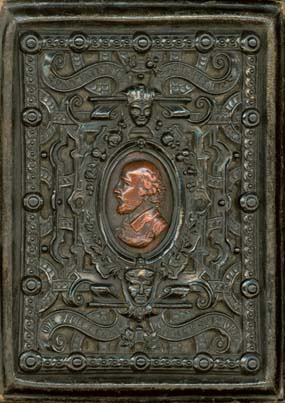
As the title suggests, this 1902 historical survey by H.L. Persig focuses on the final days of so-called “occult dynasties”, the various mechanisms by which their magical potencies become diluted or lost, and how their bodies of knowledge disintegrate and disperse in the wake of their destruction. A few pertinent examples:
Hyksos Dynasts. The Hyksos ruled Lower Egypt during the Second Intermediate Period, deriving their power from powerful rituals performed in the temples and catacombs of Thebes. During a “turning of the constellations”, Ahmose I drove the Hyksos out of Thebes and then used their wealth to embark on massive construction projects which restored the glory of the Egyptian Empire. Near the end of his life, the conquering pharaoh constructed the Pyramid of Ahmose in the necropolis of Abydos (which is said to be congruent to the rifts of the Dreamlands). Although Persig carefully delineates historical records indicating that Ahmose I filled the pyramid with the dark lore he had accumulated from the Hyksos, the expedition of Arthur Mace and Charles Trick Currelly in 1899 suggests that the pyramid consisted only of a limestone casing filled with sand and rubble.
Asshurbanipal. Asshurbanipal was the last King of Assyria. He sent forth scholars to collect texts and lore from across the Empire and Persig suggests that, contrary to the common dating, his reign was preternaturally long (on the order of nearly two hundred years) with the “annals of his kingdom being stretched by the Fire of Asshurbanipal, that blasphemous ruby which the King held in his right hand”. The Fire of Asshurbanipal was stolen upon his death (or possibly during the civil wars which followed close on its heels) and the Babylonians overran the broken remnants of the Assyrian Empire only 11 years later.
Persig also invests a great deal of time analyzing the Fragments of Bal-Sagoth, which he maintains were produced by Asshurbanipal (or perhaps his predecessors) to create a sort of “divine right” for his imperial line. However, the Fragments also appear to have created a great deal of irreparable confusion around the identity of the cult figure at the center of Asshurbanipal’s worship: Its identity is variously given, possibly as the result of bad translations, as Gol-Goroth, Groth-Golka, or the “Fisher from Beyond”. It is unclear whether these are separate figures; if Groth-Golka and Gol-Goroth are one and the same; or if Groth-Golka (or perhaps multiple Groth-Golkas”) are servitors of Gol-Goroth. (The name “Fisher from Beyond” is variously applied to all of these things.
Amorian Dynasty. The Amorian Dynasty initiated the Second Iconoclasm of the Byzantine Empire, but the the author claims that its emperors maintained “dark crèches” of blasphemous icons, many “meteor-forged” (or perhaps “meteor-found”). These icons were lost during the fall of the Amorian dynasty, although it is rumored that the mad monk-mage Santabarenos secreted them away.
Kingdom of Kush. During the latter days of the Kingdom of Kush, after its capital had been moved to Meroe, the nation became ensnared by a strange cult that “sought the Black Stone”. In the 4th century AD, the kingdom was invaded by King Ezana of Axum. Persig claims that Ezana’s goal was to capture the secret lore of the Kushite cults in order to strengthen his own dynasty.
Merovingian Bloodline. The Merovingians held the throne of France through the rite of their supposedly magical bloodline. Persig maintains, however, that, at least in their final days, they were mere puppets for the Council of Mayors (who were, in fact, sorcerers holding what would later become the lost crèche icons of Byzantium). Childeric III, the last of the Merovingian kings of France, was kept in utter seclusion except for one day a year. The Merovingian’s power was broken in 752 AD when Pope Zachary dethroned Childeric and stripped him of his royal rights and magical powers by cutting his hair.
SEVEN MASKS
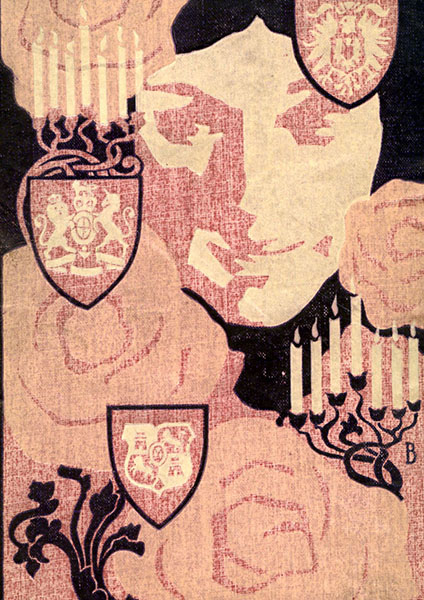
Apocryphally ascribed to Ptolemy, the text of the Seven Masks appears to originate several hundred years after his life and anachronistically refers to events Ptolemy could not possibly have known. No complete text is known to exist in the modern world (the last complete text having been defaced by the Vatican in 1436), but this 1917 popular edition from Golden Goblin Press attempts to reconstruct a complete text from various sources. Unfortunately, the effort is somewhat marred by the questionable translation and the unlabeled efforts made to complete unfinished tales.
The bulk of Seven Masks is made up of biographical sketches, purporting to be historical in nature despite their slow departure from anything resembling the realistic (or even the human). As the sketches disintegrate into an increasingly surreal panoply, however, there is a growing implication that all of these tales are somehow seeking to describe the same individual.
Black Pharaoh. Nephren-Ka was the last Pharaoh of the Third Dynasty. He is said to have “eaten out the heart” of the Cults of Bast and used them as a seed by which he rose to power and, subsequently, corrupted the worship of all the Egyptian Gods. Named as the “Black Pharaoh”, all references to Nephren-Ka and his cult were wiped out by his successor.
Thing in the Yellow Mask. A tale of how Leng Bao, a fabled general of the orient, became separated from his army during the invasion of Yi Province. On a strange, mist-shrouded plateau Leng Bao found a monastery which was occupied by a sole figure clothed in yellow silk and wearing a yellow mask. Although he spent only a fortnight within the monastery questioning the Thing in the Yellow Mask, when Leng Bao left the plateau he discovered that many years had passed and that his men had named the plateau in his honor.
Pale Death. A shapeshifting harbinger. The Pale Death can appear in many forms, but always possesses a pale-grey complexion or even albino features.
Akousmatikoi Equation. Allegedly discovered by Pythagoras and used by certain degenerate branches of the Pythagoreans, it is said that one who solves the impossible equation is transformed into a Mask. A man named Aniolowski is said to have been the first to solve the equation, although the text oddly seems to imply that he has done so in the future.
Black Wind. Here the Mask manifests as a devastating storm which sweeps down form the Mountain of Black Wind, which lies somewhere deep in Africa. The whispers of the Mask sweep forth from that mountain and howl through mortal ears.
Crawling Mist. And now the Mask infects your dreams, taking the form of a thick and pungent mist which clings to the edges of your nightly visions. Over the course of subsequent nights, the mist will crawl inexorably closer to the dreamer.
Empress in Red. Finally, the Empress in Red. Who is one figure in history and yet many. A beautiful and powerful woman with insensate sway over those who enter her presence, her path is tracked through centuries of Roman history as paramour and priestess, both within the Empire and beyond it. There are even intimations to be found here that she is the true author of the text.
BENEFITS OF SKIMMING
- 2 dedicated pool points for any Investigative ability involving ancient Rome or Nyarlathotep
BENEFITS OF PORING
- Cthulhu Mythos +1
- 3-point Mythos Stability test (on failure, the Crawling Mist appears in the reader’s dreams each night, inflicting an additional stability test until a success is scored)
Go to Books of the Los Angeles Cult – Echavarria’s Library (Part 3)

